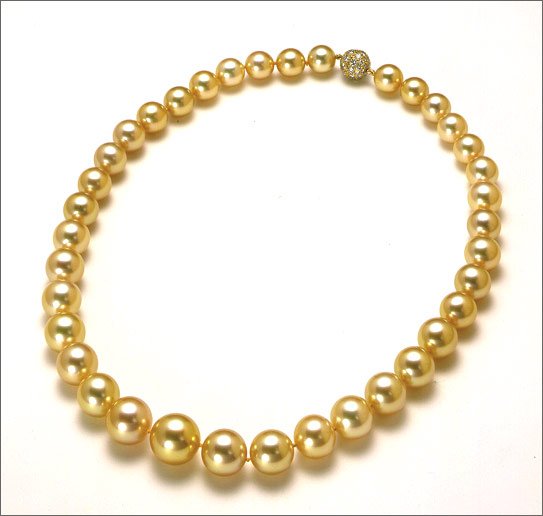
Since the birth of internal combustion engine and consequent need of petrol, petroleum race started to be more and more frantic and, albeit the growing adopted tecnology to avoid tragedies, environmental disasters are now countless.
Once spilled in the sea, oil spread into the water creating a patina that changes depending on temperature and movement of water; then, after the evaporation and other chemical processes (like emulsion, aerosol and photoxidation), oil particles reach now the oceanbed, attaching to corals and marine fauna, poisoning and suffocating every living creature it runs into.
Not many people know that these tragedies involves directly all the businesses linked to the sea, like pearl cultivation; on 21st august 2009 the offshore oil rig in Australia blew up, throwing natural gas, condensate and oil in the water.
This highly ignored disaster couldn’t be stopped immediately because of the massive pressure in the well and its closure took 8 whole weeks: at the end of september 6.000 pearl oysters where dead, causing an financial loss of at least $660.000.
But, after all these negative consequences brought by the construction of oil rigs and extraction of petrol, is it really still worth making the whole ecosystem pay this overly high price?
Similar Posts

Copyright © 2022 Adriano Genisi
VAT n° IT03492950245 – n° REA VI-329782